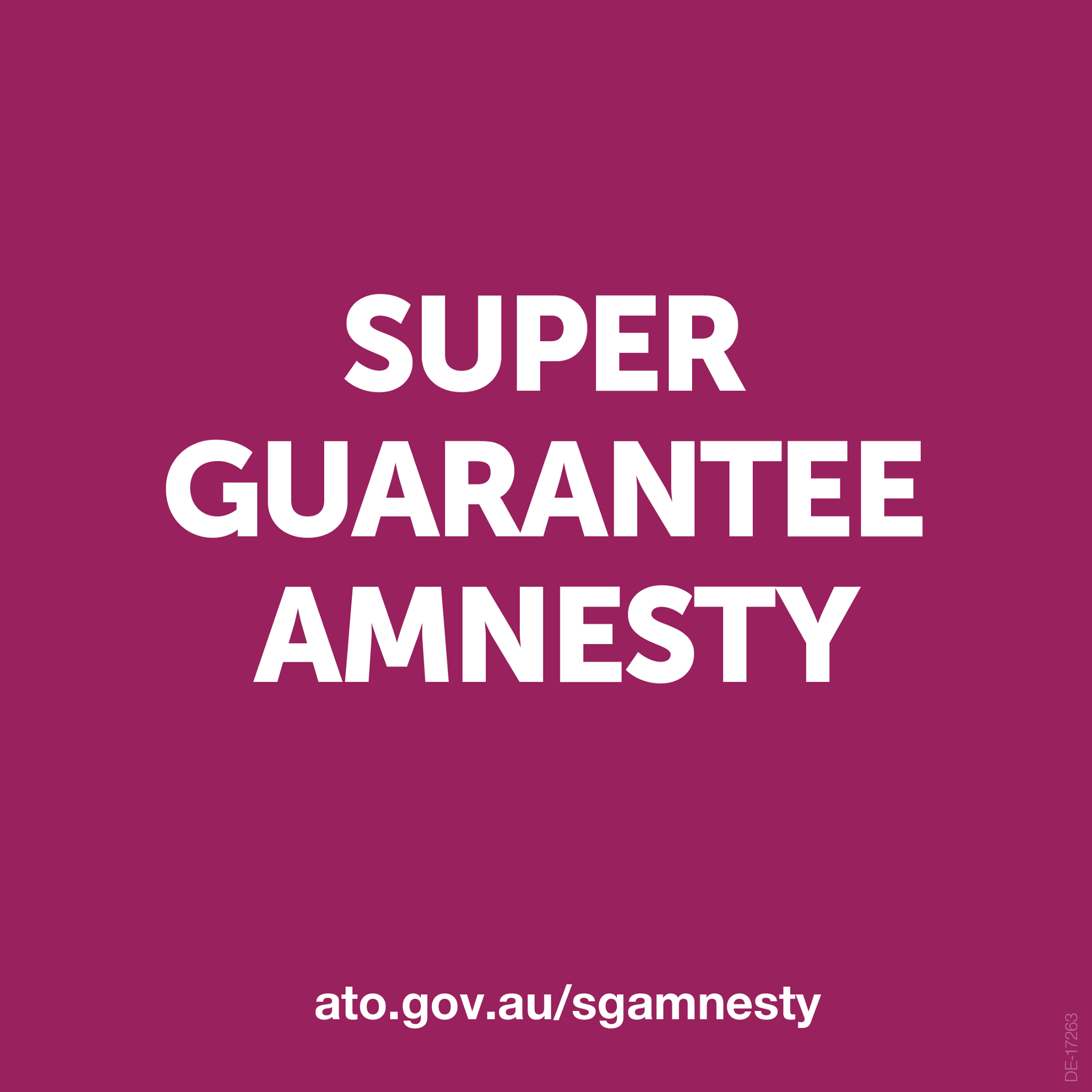Eligible employees
- Casuals who have achieved 12 months service by 1 July 2020;
- Staff who have achieved permanent residency by 1 July 2020;
- Staff who have turned 18 years of age by 1 July 2020 (who were previously ineligible under the minor dependency rules); and
- Permanent staff employed between 2 March 2020 and 1 July 2020.
What should you do?
We recommend that you undertake the following actions as soon as possible to determine if you have additional staff that may be eligible for JobKeeper:
- Review your employment records to identify any employees who are newly eligible for JobKeeper (see points above);
- With your employee, complete a JobKeeper Employee Nomination Notice;
- Update your payroll system to bring in any new employees from the relevant JobKeeper Fortnight (which can be as early as JobKeeper Fortnight 10 – which is the fortnight commencing 3 August 2020);
- Ensure that any participating employees are paid the $1,500 (before tax) minimum by no later than 16 August 2020 (the last day of JobKeeper fortnight 10);
- Continue to pay all eligible employees the $1,500 (before tax) each fortnight (including the newly eligible employees);
- Make sure that you declare your new eligible employees in your August JobKeeper declaration (to be lodged at the start of September).
DISCLAIMER: The information in this article is general in nature and is not a substitute for professional advice. Accordingly, neither TJN Accountants nor any member or employee of TJN Accountants accepts any responsibility for any loss, however caused, as a result of reliance on this general information. We recommend that our formal advice be sought before acting in any of the areas. The article is issued as a helpful guide to clients and for their private information. Therefore it should be regarded as confidential and not be made available to any person without our consent.

Jeanette has over 20 years experience as an accountant in public practice. She is a Chartered Accountant, registered tax agent and accredited SMSF Association advisor. When she is not helping business owners grow their empires, you will likely find her out running on the trails or at the gym. Book in to see Jeanette today.



